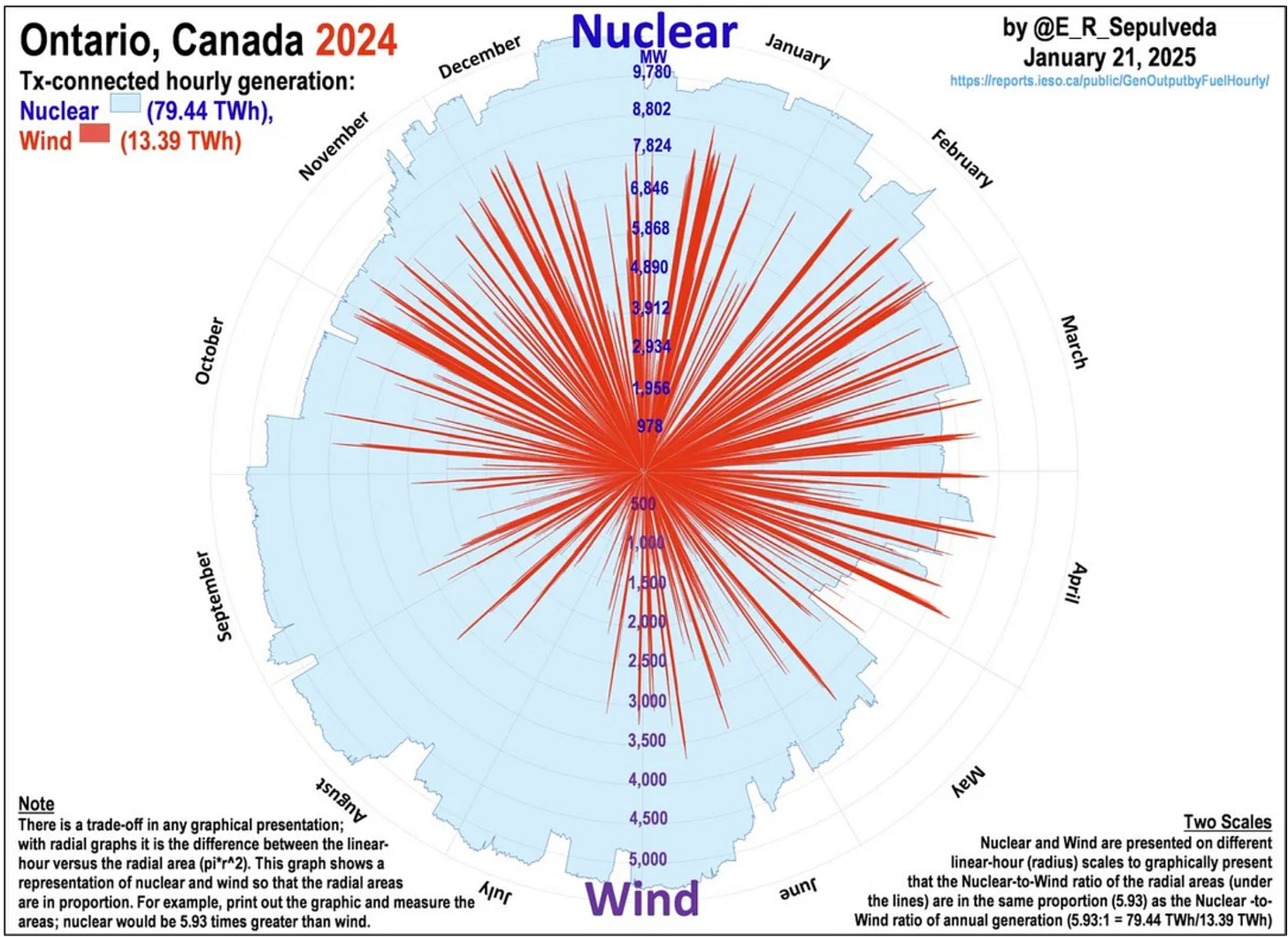Renewable Energy - Facing the Intermittency Challenge
I'm sorry. I wish a renewables centric approach would work. It doesn't.
The push for renewable energy, primarily wind, solar, and wave power, is understandable. However, a complete transition to these sources faces a fundamental hurdle: intermittency. These sources don't provide a constant, reliable power supply like traditional power plants. This isn't a minor inconvenience; it's an impossible challenge to maintaining a stable electrical grid.
The core problem is that power generation is unpredictable. Solar power vanishes at night and is reduced on cloudy days. Wind speeds fluctuate constantly. Even wave power isn't perfectly consistent. These fluctuations, combined with seasonal variations and the potential for extended periods of low wind and sun, create massive instability.
To address these issues, proponents often suggest using batteries to store excess energy for later use. While this sounds promising, the cost of battery storage is prohibitively high. Lithium-ion batteries, the most common type, cost $300 to $500 per kilowatt-hour (kWh) of capacity. Providing just four hours of backup power for the entire U.S. would cost hundreds of billions of dollars. Additionally, batteries degrade over time, requiring costly replacements. Without breakthroughs in technology, relying on batteries to stabilize a renewables-heavy grid is unrealistic.
Hydropower offers a more consistent alternative, but its expansion faces significant hurdles. Most viable dam sites are already in use, and new projects face environmental concerns, geographic limitations, and community opposition. As a result, hydropower cannot fill the gap left by scaling up wave, wind and solar alone.
Natural gas turbines are often proposed as backup for prolonged outages or low renewable output. While gas plants can ramp up quickly, they come with hidden costs. Building a gas-fired plant costs around $1,000 per kilowatt, and maintaining the infrastructure to deliver fuel in real-time adds further expenses. Moreover, relying on gas undermines efforts to decarbonize the grid.
Advocates argue that renewables can meet global energy needs if deployed at scale. However, scaling renewables requires unaffordable investments in transmission lines, storage, and backup systems.
In conclusion, renewables intermittency and associated costs make them a disaster as the primary solution. Wishful thinking and an assumption of future technology won’t solve this problem. If we continue with increasing the use of renewables we will be sacrificing reliability and affordability.
A balanced approach, with nuclear for baseload power, along with wind/solar/wave/gas1 where appropriate, offers a pragmatic path forward.
Solar has a significant role to play in providing peak power.



Demand is unstable. We get a cold snap; we have a big game on TV. It is somewhat predictable, but not completely. The way we deal with unpredictable demand is to have highly predictable supply. Dispatchable resources. You can't have unpredictable supply meeting unpredictable demand.
If you look at the statistics for hydropower, and its development, you see something interesting. Only something like 14% of the total resource was ever developed. Why? Because the value of the remaining resources didn't justify the cost.
How is wind and solar any different? The first wind is developed on vacant land, near power lines. The next are a little further away, and so on. Each step out the value of the wind decreases. Same with solar.
Look at the roof of the Nevada giga factory - notice something? It is not completely covered with solar panels. It's only about half covered. because at some point it's just not worth having all that variable power.
"Maintaining the infrastructure to deliver fuel in real-time adds further expenses." It's worse than that. Gas producers want a steady market - they want to know, years in advance, exactly how much gas you intend to buy. In fact, they will give you a substantial discount on the gas if you order.
But wind and solar means your gas will be bought on the spot market, at a much higher price. Wind and solar make the price or the nat gas plant much higher.